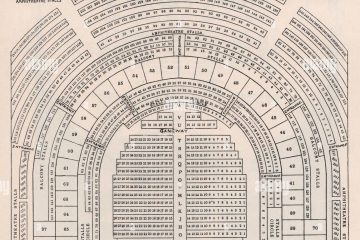Exploring the Significance of Lord of the Flies

Introduction
William Golding’s ‘Lord of the Flies’ has remained an enduring piece of literature since its publication in 1954. The novel’s exploration of human nature, civilization, and the inherent savagery within individuals resonates with readers and continues to prompt discussions about morality and societal structure. In light of recent events that underscore the fragility of societal norms, understanding the themes of ‘Lord of the Flies’ is more relevant than ever.
Plot Overview
‘Lord of the Flies’ narrates the story of a group of boys stranded on an uninhabited island after a plane crash during a war. Initially, the boys attempt to establish order and create a semblance of society, electing a leader, Ralph, and setting rules. However, as the isolation and lack of structure progress, divisions form, and the boys’ descent into savagery begins with the rise of Jack, who embodies primal instincts and chaos. This transformation serves as a haunting commentary on the darkness of human nature.
Themes and Analysis
One of the key themes in ‘Lord of the Flies’ is the conflict between civilization and savagery. The conch shell, symbolising authority and democratic power, gradually loses its influence as order deteriorates. The boys’ descent into chaos represents how easily order can collapse when faced with primal instincts. Additionally, Golding critiques the concept of inherent human goodness, suggesting that without societal constraints, individuals may succumb to their darker impulses.
Current Relevance
Recent global events, including civil unrest and political instability, mirror the breakdown of order observed in Golding’s narrative. Sociologists and psychologists refer to the novel when analysing human behaviour in crisis situations. Understanding the motifs present in ‘Lord of the Flies’ allows us to reflect on our own societal structures and the importance of maintaining civility in the face of adversity.
Conclusion
‘Lord of the Flies’ remains a vital exploration of human nature and societal failures. Its themes of chaos, leadership, and moral ambiguity resonate in contemporary discussions about humanity’s capacity for both civility and savagery. As we navigate complex social dynamics today, Golding’s work serves as a stark reminder of the delicate balance between order and chaos and invites readers to reflect on their own moral compass.









